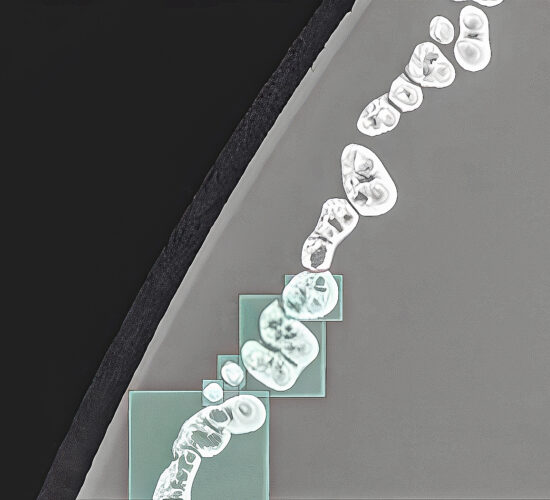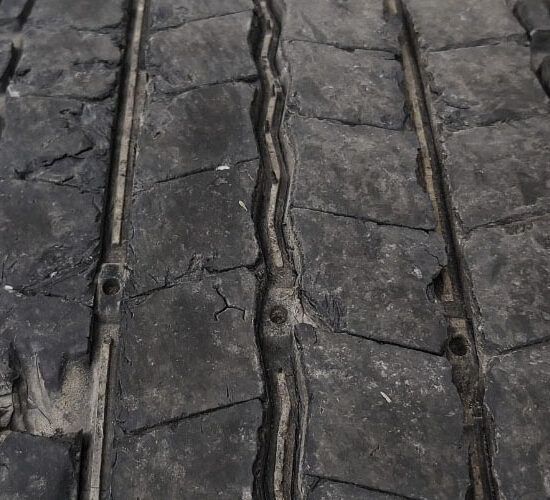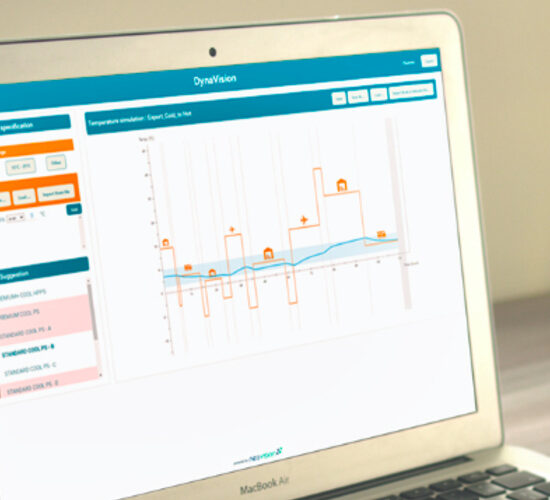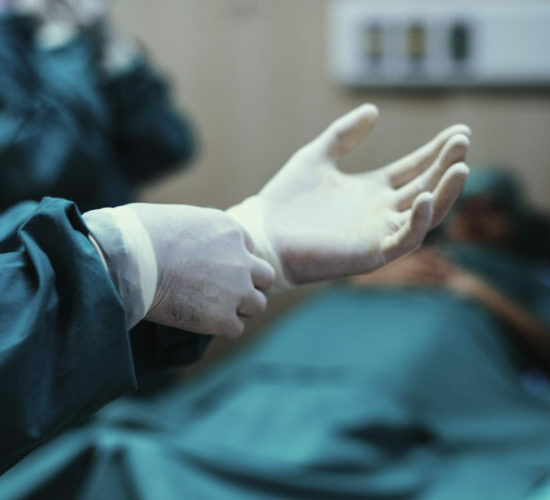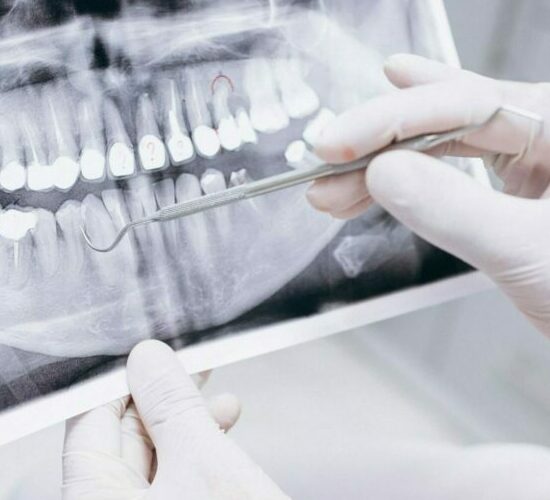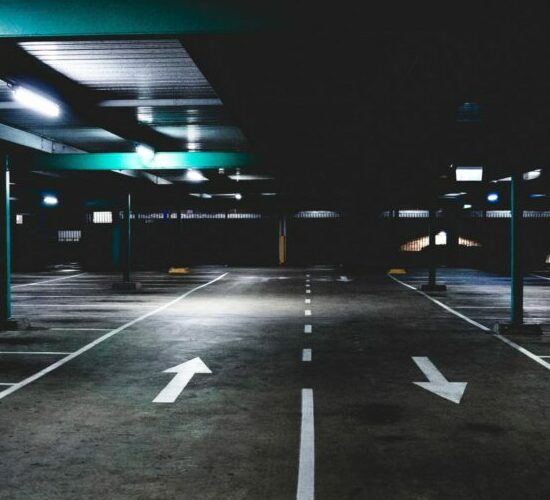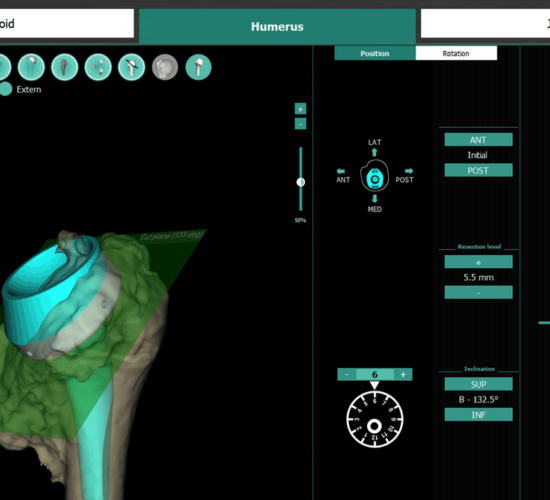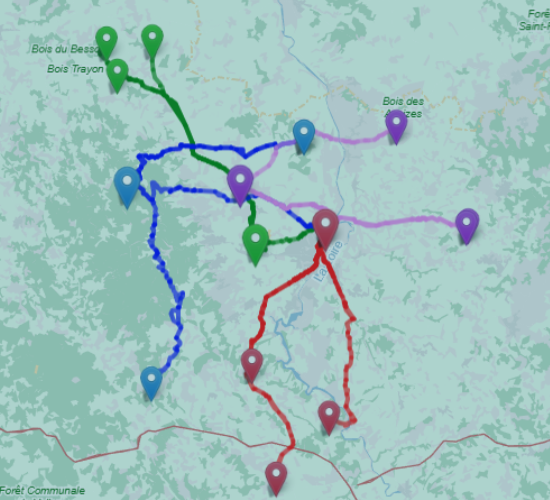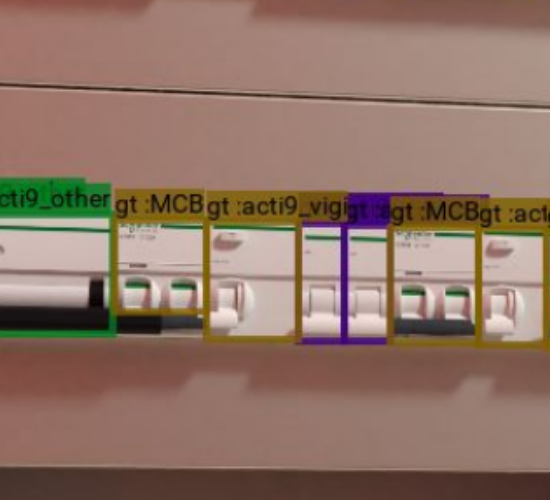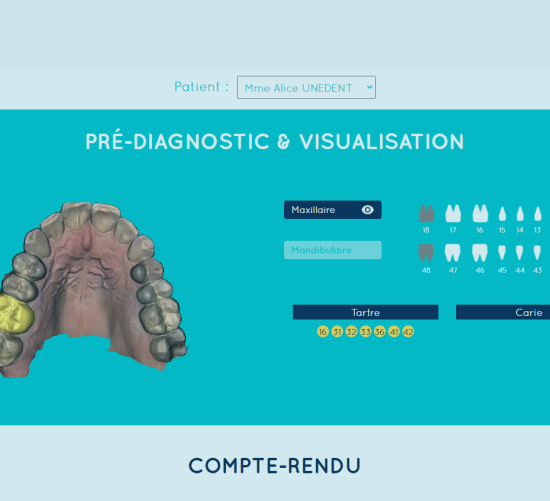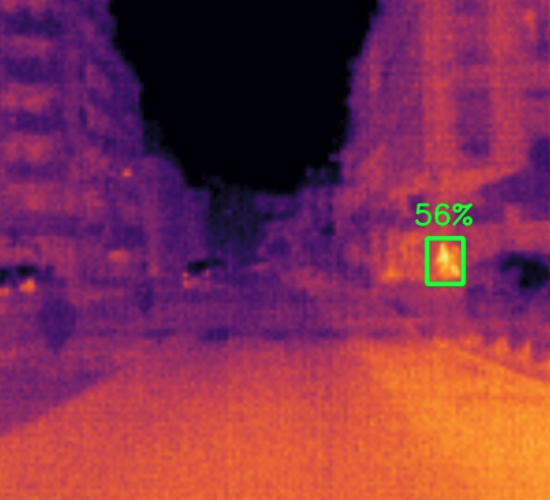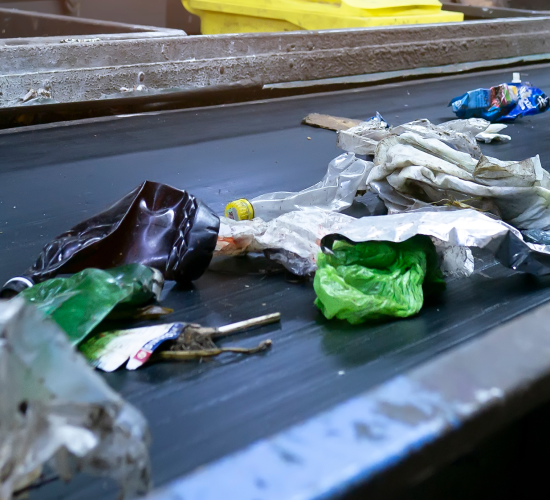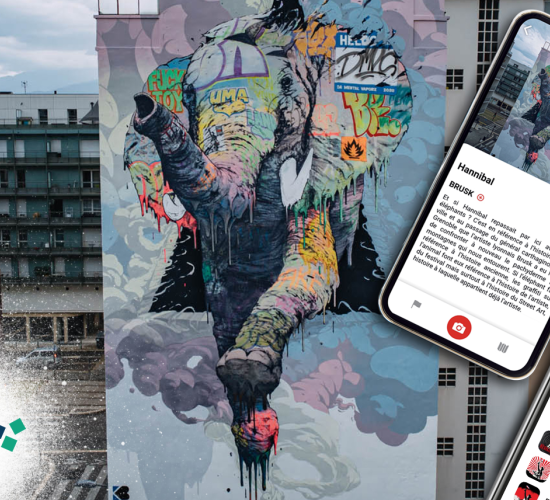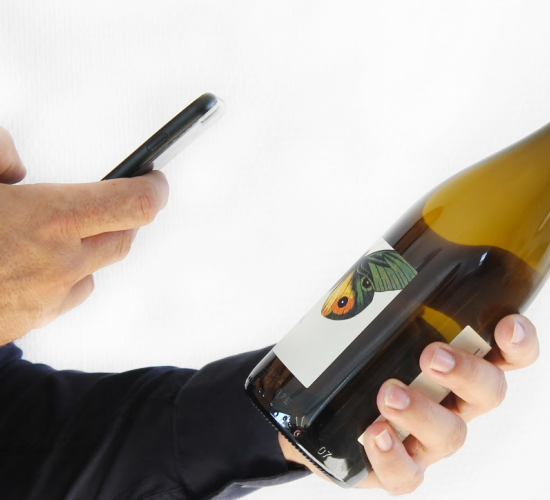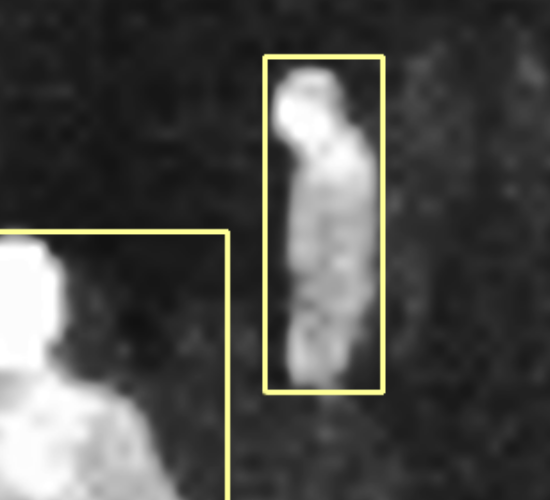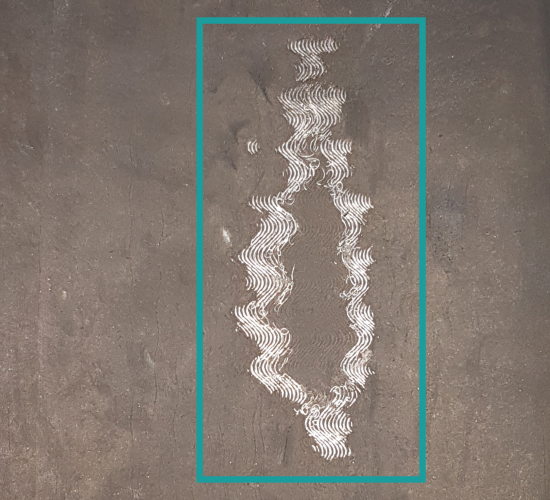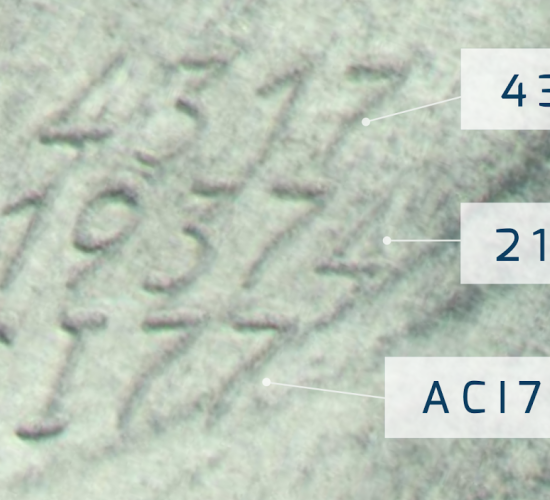- All
- Analyse prédictive
- Application Mobile
- Applications Web
- Cloud
- Computer Vision
- Culture
- Deep Learning
- Energie
- Environnement
- Generative design
- GPU
- IA embarquée
- Imagerie 3D
- Industrie
- Machine learning
- On Premise
- Pharma
- R&D
- Recherche opérationnelle
- Retail
- Santé
- Smart Cities
- Transport
Applications Web / Cloud / Computer Vision / Deep Learning / Industrie
MICHELIN, OPTIMIZATION OF END-OF-LIFE TIRE DIAGNOSTICS
Applications Web / Cloud / Computer Vision / Deep Learning / Industrie
TEXTILE SCANNING, SEARCH, AND IDENTIFICATION OF PATTERNS
Applications Web / Cloud / Computer Vision / Deep Learning / Industrie
PACKAGING OPTIMIZATION BASED ON THERMAL PARAMETERS
Analyse prédictive / Applications Web / Deep Learning
PREOPERATIVE PLANNING – ORTHOPEDIC SURGERY
Computer Vision / Deep Learning / Imagerie 3D / R&D / Santé
DENTAL DIAGNOSTIC ASSISTANCE AND ALIGNERS GENERATION
Computer Vision / Deep Learning / Imagerie 3D / Machine learning / R&D / Santé
OPTIMIZED PARKING PLAN GENERATION
Generative design / Machine learning / R&D / Recherche opérationnelle / Smart Cities
SURGICAL PLANNING ASSISTANCE
Computer Vision / Deep Learning / Imagerie 3D / Machine learning / R&D / Santé
ROUTE OPTIMIZATION
Applications Web / Cloud / Environnement / Recherche opérationnelle / Transport
CIRCUIT BREAKER DETECTION AND RECOGNITION – EMBEDDED DEEP LEARNING
Application Mobile / Computer Vision / Deep Learning / IA embarquée / Industrie / R&D
DENTAL PRE-DIAGNOSIS AND FORMALIZATION OF REPORTS
Application Mobile / Computer Vision / Deep Learning / Imagerie 3D / Santé
PEDESTRIAN DETECTION – AUTONOMOUS VEHICLE
Computer Vision / Deep Learning / R&D / Smart Cities
AUTOMATED PLASTIC WASTES SORTING WITH DEEP LEARNING
Computer Vision / Deep Learning / Environnement / GPU / On Premise / R&D
STREET ART RECOGNITION
Application Mobile / Cloud / Computer Vision / Culture
FLOWER RECOGNITION
Computer Vision / Deep Learning / Retail
PANORAMIC TIME-LAPSE & OBJECT DETECTION
Computer Vision / Deep Learning
WINE BOTTLE RECOGNITION
Application Mobile / Cloud / Computer Vision / Machine learning / Retail
PRESENCE DETECTION AND RECOGNITION OF HUMAN ACTIVITY
Computer Vision / Energie / Environnement / IA embarquée / Machine learning
PEOPLE DETECTION ON INFRARED IMAGES
Computer Vision / Deep Learning / Energie / IA embarquée / R&D
DAMAGE RECOGNITION ON AIRCRAFT TIRES
Application Mobile / Cloud / Computer Vision / Deep Learning / Industrie
AUTOMATIC LASER ENGRAVING READER – OCR
Computer Vision / Deep Learning / Industrie / R&D

